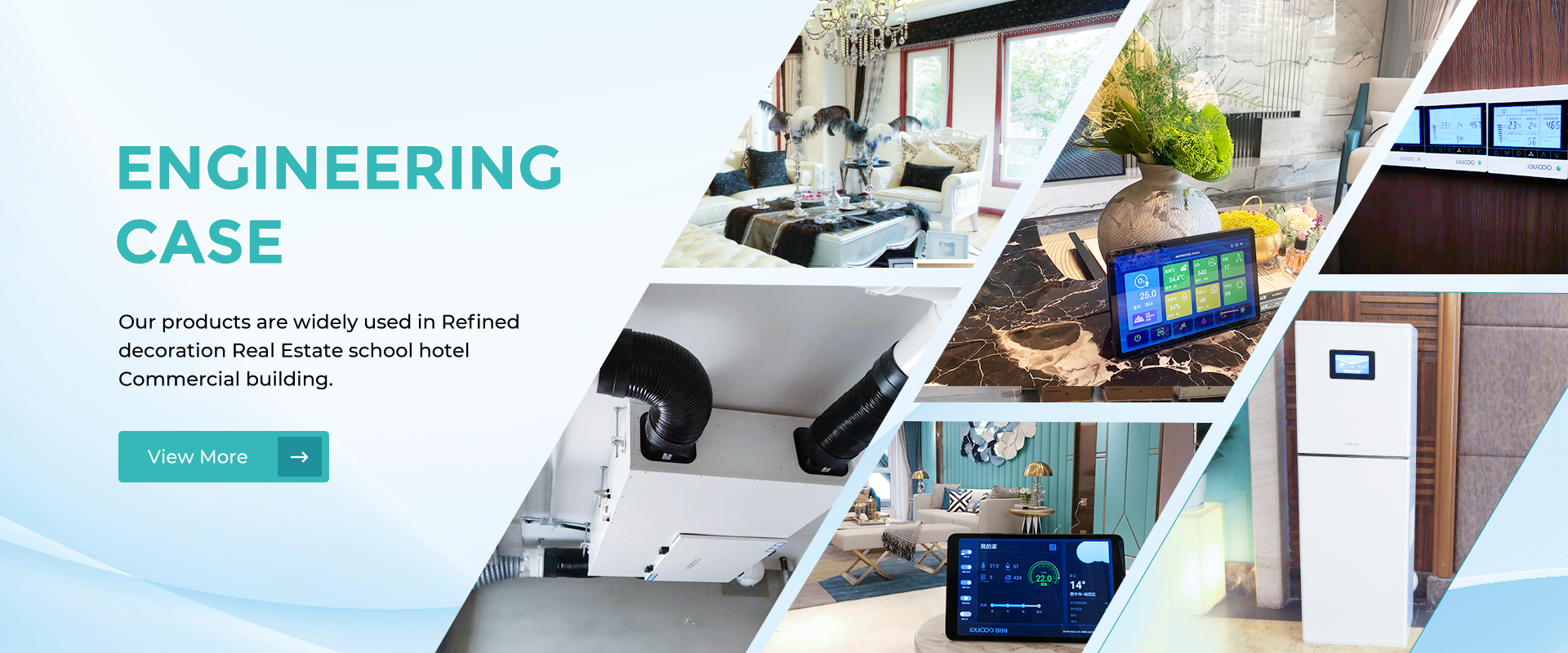When discussing heat recovery ventilation (HRV) systems, also known as MVHR (Mechanical Ventilation with Heat Recovery), one common question arises: Does a house need to be airtight for MVHR to function properly? The short answer is yes—airtightness is critical for maximizing the efficiency of both heat recovery ventilation and its core component, the recuperator. Let’s explore why this matters and how it impacts your home’s energy performance.
An MVHR system relies on a recuperator to transfer heat from stale outgoing air to fresh incoming air. This process reduces energy waste by maintaining indoor temperatures without over-relying on heating or cooling systems. However, if a building isn’t airtight, uncontrolled drafts allow conditioned air to escape while letting unfiltered outdoor air infiltrate. This undermines the heat recovery ventilation system’s purpose, as the recuperator struggles to maintain thermal efficiency amid inconsistent airflow.
For an MVHR setup to work optimally, air leakage rates should be minimized. A well-sealed building ensures that all ventilation occurs through the recuperator, allowing it to recover up to 90% of outgoing heat. In contrast, a leaky home forces the heat recovery ventilation unit to work harder, increasing energy consumption and wear on the recuperator. Over time, this reduces the system’s lifespan and raises maintenance costs.
Moreover, airtightness enhances indoor air quality by en suring that all ventilation is filtered through the MVHR system. Without it, pollutants like dust, pollen, or radon can bypass the recuperator, compromising health and comfort. Modern heat recovery ventilation designs often integrate humidity control and particulate filters, but these features are only effective if airflow is strictly managed.
suring that all ventilation is filtered through the MVHR system. Without it, pollutants like dust, pollen, or radon can bypass the recuperator, compromising health and comfort. Modern heat recovery ventilation designs often integrate humidity control and particulate filters, but these features are only effective if airflow is strictly managed.
In conclusion, while MVHR systems can technically operate in drafty buildings, their performance and cost-efficiency plummet without airtight construction. Investing in proper insulation and sealing ensures your recuperator functions as intended, delivering long-term savings and a healthier living environment. Whether retrofitting an older home or designing a new one, prioritize airtightness to unlock the full potential of heat recovery ventilation.
Post time: Jul-24-2025







